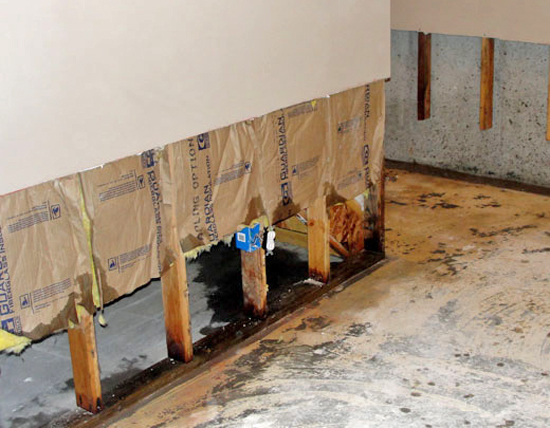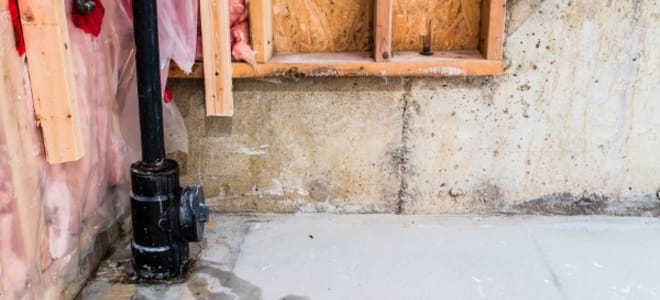Erase The Trace - Identifying And Repairing Water Stains On Walls
Erase The Trace - Identifying And Repairing Water Stains On Walls
Blog Article
Are you currently in search of resources about Water Stains on Walls?

Water spots on walls are not pleasant to the eyes. Your residence needs to lack stains on the wall surfaces, roofing, or floors. That is the ideal state of a residence as well as its structures. Yet, in some cases it seems virtually inescapable to experience water spots on walls in homes.
Property owners living in moist regions constantly handle the fear of water discolorations on walls. Yet that does not have to hold true for you. With precise and well-shaped info on the sources of water spots and punctual repair work procedures, you will constantly be a step ahead of such events. So, this post promises to be a practical guide for you.
3 Typical Sources Of Water Stains on Wall Surfaces
Unlike popular belief, water stains on walls do not always originate from poor building products. There are numerous causes of water spots on wall surfaces. These include:
Damp
When warm wet air meets with dry cool air, it causes water droplets to base on the wall surfaces of structures. When there is vapor from cooking or showers, this happens in restrooms as well as kitchen areas. The water beads can tarnish the surrounding walls in these parts of your home as well as infect various other locations.
Damp or condensation affects the roofing system and walls of structures. This causes them to appear darker than various other locations of the home. When the wall is wet, it produces an ideal environment for the growth of fungi as well as microorganisms. These might have damaging effects on health and wellness, such as allergic reactions and also respiratory disorders.
Poor Drain
This will certainly stop water from leaking right into the wall surfaces. This links to too much dampness that you discover on the walls of your building.
The leading reason of damp walls, in this case, can be an inadequate water drainage system. It can likewise be due to poor monitoring of sewer pipes that run through the structure.
Pipeline Leaks
Most residences have a network of water pipelines within the walls. It constantly boosts the viability of such pipelines, as there is little oxygen within the walls.
A disadvantage to this is that water leakage impacts the walls of the structure as well as causes prevalent damages. An indication of damaged pipelines is the appearance of a water tarnish on the wall surface.
Pro Suggestion
A houseplant in your house likewise enhances its moisture. So, if your home is already moist, you might want to present houseplants with very little transpiration. An example of ideal houseplants is succulents.
Water Spots on Wall: Repair Service Tips
When dealing with water stains, home owners would typically want a quick solution. They would quickly realize this is disadvantageous as the water stains reoccur. So, here are a couple of useful pointers that will lead you in the repair work of water spots on walls:
Final thought
Although no person intends to have water stains on walls in their home, it can happen to the very best of us. This article gives you leverage, as you now know exactly how to handle this accident if it does happen.
It is always best to hire expert services to help repair the problems in your house.
Occasionally it appears almost unavoidable to experience water spots on walls in houses.
In contrast to preferred idea, water discolorations on wall surfaces do not constantly stem from inadequate building materials. There are several causes of water stains on walls. The water droplets can stain the surrounding walls in these parts of your house as well as spread to other areas.
Right here are a few valuable ideas that will certainly guide you in the repair of water stains on walls:
How to identify and deal with water spots on walls and ceilings
Where is water coming from?
Where is the water coming from? Is the roof above it? Or how about a bathroom? Potentially a leaky pipe? Whatever is up, it’s wet. Repairs cannot be attempted until the source is identified and the necessary repairs made. Otherwise, repairs are moot. The water stain will just come back.
Many times the repair is simple. A common source is water seepage. A shower pan or piping that once had be caulked could have sprung loose causing a slowly leaking pipe. Address potential piping issues before proceeding.
If it’s the roof that’s up, check it for leaks. Roof water is not always attributed to a roof problem. Depending where in the country you are located, you could be looking at an ice dam, which means new insulation and repairs. Roofs can leak, shingles can slip. Again, the repairs must be made before any patch work can happen inside.
Why is there a water spot?
Water stain repairs always come last. Repairing a water stain inside your home before addressing the issue is going to lead to disappointment. Repairs will quickly be taken apart by a continuous leak. You will need to see how wet the area actually is. Potentially, you could be looking at taking out a piece of the ceiling or drywall to get down to a dry bones before moving forward. If you neglect this step, you are sure to have bleed through on the repair.
How to go about fixing the problem?
Clean.
Once the underlying cause of the stain is dealt with, you can begin by cleaning the stain with bleach. Mix one cup of bleach with three cups of warm water and wipe the wall down. This mixture will also remove any leftover mildew, dirt or dust that could prevent a good paint job. Rinse the solution off with a spray bottle and towel.
Prep.
Get a drop cloth set up on the floor below your project. If the mess is on a ceiling, protective gloves and goggles will be crucial. After the area is dry, tape off any areas, like trim, you want to keep paint-free.
Prime.
Use a good quality base coat of stain-blocking primer. Your ceiling is probably painted with an interior latex paint, meaning it is water soluble. Water will destroy this kind of paint and cause lingering issues with your job. The base coat will block this from happening again in the future.
Paint.
After ample drying time, apply at least two coats of ceiling paint, with drying time in between. Oil-based ceiling paints will contain more volatile organic compounds (VOCs) and fumes, so take precautions not to expose yourself to this paint for too long.
Your ceiling should look pristine a new. Provided the problem has been completely solved, there will be no returning halo in your paint job.

Do you enjoy more info about ? Post feedback down the page. We'd be delighted to know your views about this write-up. Hoping that you visit us again later on. Enjoyed reading our piece? Please share it. Let another person discover it. We recognize the value of reading our article about How to Find and Repair Water Leaking in the Wall.
Schedule Appointment
Report this page